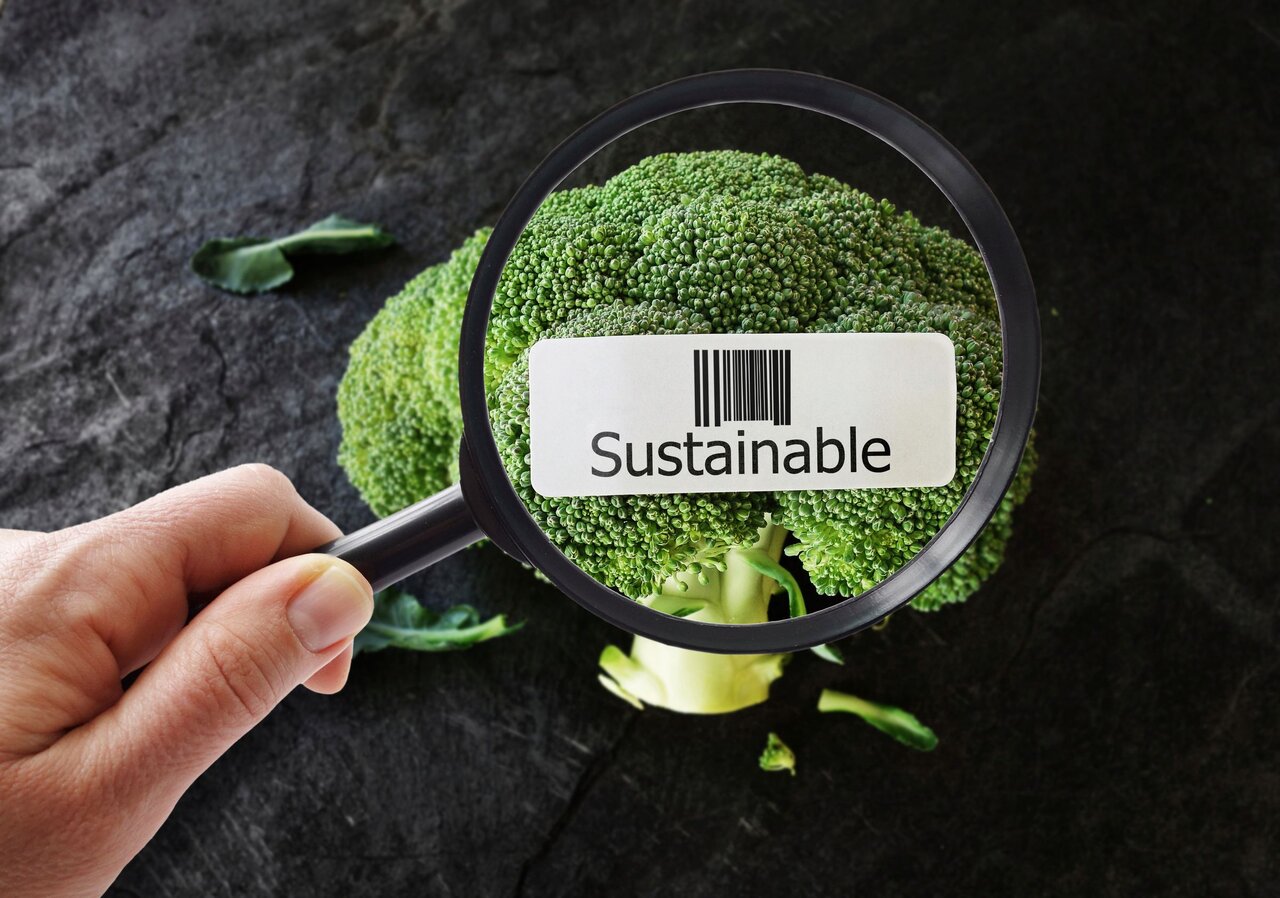Project
CO2 footprints in the food chain (preliminary project)

CO2 footprints in the food chain (preliminary project)
The KlimaLabel preliminary project serves to prepare a main project that aims to develop robust data bases and methods for determining the carbon footprint of food in Germany and to develop recommendations for its use for a respective label.
Background and Objective
Several studies in recent years show that more and more consumers are paying attention to climate-friendly nutrition, even if it remains largely unclear how this 'climate-friendliness' is defined in detail. According to these studies, many consumers (would) appreciate a label on food items which helps them make more sustainable or cimate friendly purchase decisions.
In line with these trends in consumer behaviour, industry has, in recent years, increasingly developed climate and sustainability-related labelling activities. Consumers therefore increasingly find food with (different) ‘climate labels’ in supermarkets. These either indicate the amount of greenhouse gases emitted in absolute values, or they state the reduction in emissions compared to a comparable product or a certain point in time in relative figures, or they are compensation labels that display (often as a range) the food item’s climate impact. The products’ carbon footprints on which the labels are based (in kg CO2 equivalents) emanate from varying sources and calculations, which are usually (1) not directly comprehensible and (2) not uniformly and independently controlled.
The main objective of the KlimaLabel preliminary project is to provide an overview of the existing sustainability and climate labels on the German and European market, which above, all takes into account (1) who created the label and calculated the information presented on it (e.g. CO2 equivalents), and (2) which data bases were was used to calculate the label values and (3) whether and by whom the labels have been controlled/certified.
In addition, networks with scientists and practitioners working in the same field are to be established and deepened during the duration of the preliminary project.
Target Group
Project contents and results are relevant for both researchers and practitioners and will support future policy advice. In addition, the project theme is of high societal relevance and interest, which will be met through appropriate science communication.
Approach
The KlimaLabel preliminary project analyses and evaluates the development and use of climate labels and footprint information, especially in the German, but also in the wider European food market. Existing sustainability and climate labels are researched via internet and literature research, supplemented by personal exchange with experts.
Our Research Questions
- What approaches to climate and sustainability labelling currently exist on the German and European food markets?
- How do they differ in terms of the data bases used, i.e. which LCA data bases are used for their calculation and what are their system boundaries?
- Who creates and controls/certifies existing labels?
- How suitable are current databases to create a valid sustainability/climate label for the German food market?
- Who are the main actors in science and practice?
Results
- In-depth overview of labelling initiatives regarding the carbon/ecological footprint of food in Germany and Europe
- Networks into science and practice
Thünen-Contact

Involved Thünen-Partners
Funding Body
-
Federal Ministry of Agriculture, Food and Regional Identity (BMLEH)
(national, öffentlich)
Publications
- 0
Trebbin A, Geburt K (2024) Carbon and environmental labelling of food products: Insights into the data on display. Sustainability 16(24):10876, DOI:10.3390/su162410876

![[Translate to English:] [Translate to English:]](/media/_processed_/3/e/csm_AdobeStock_249730128_92f14d3a63.jpeg)
![[Translate to English:] [Translate to English:]](/media/_processed_/3/e/csm_AdobeStock_249730128_a6fcf4c893.jpeg)





